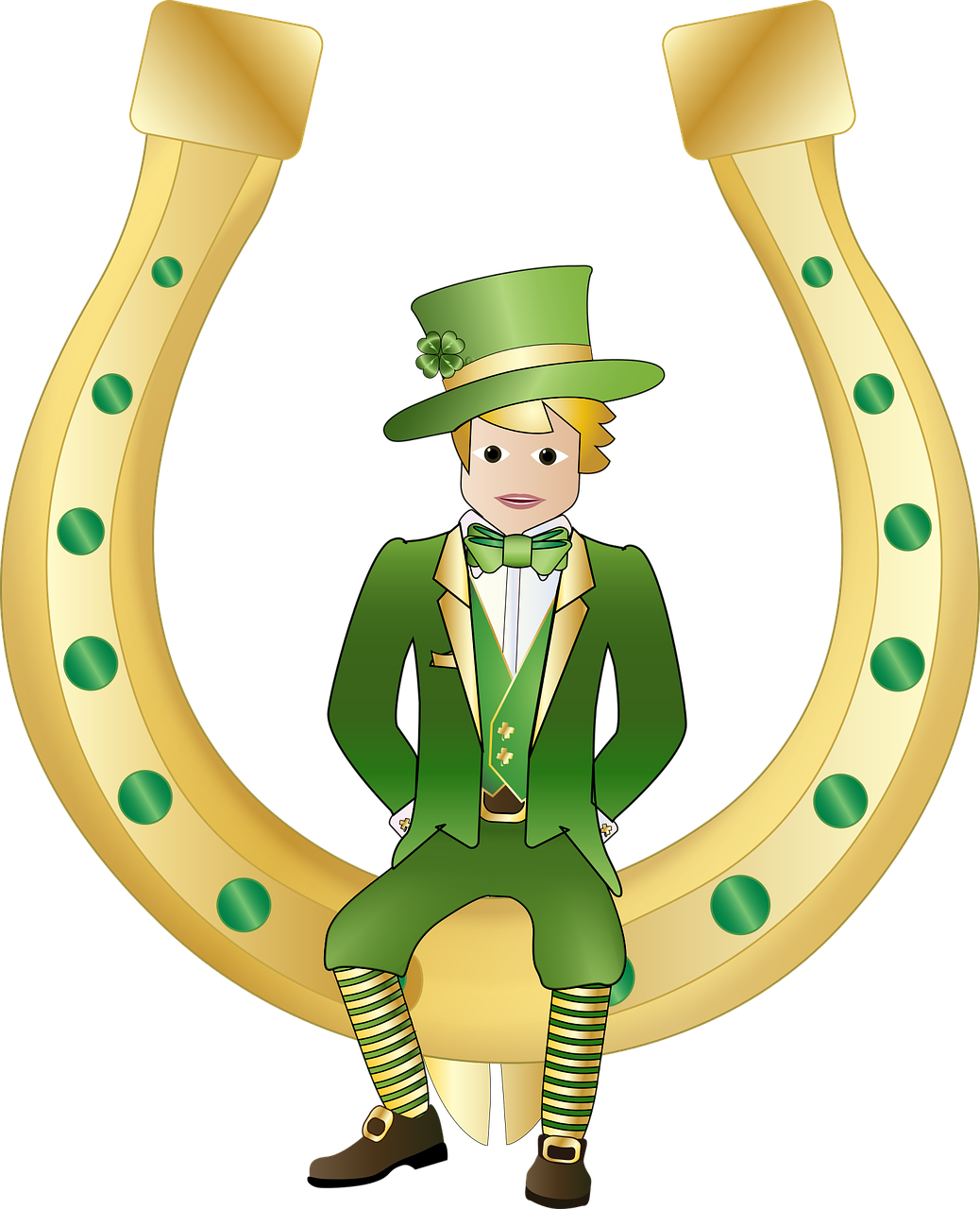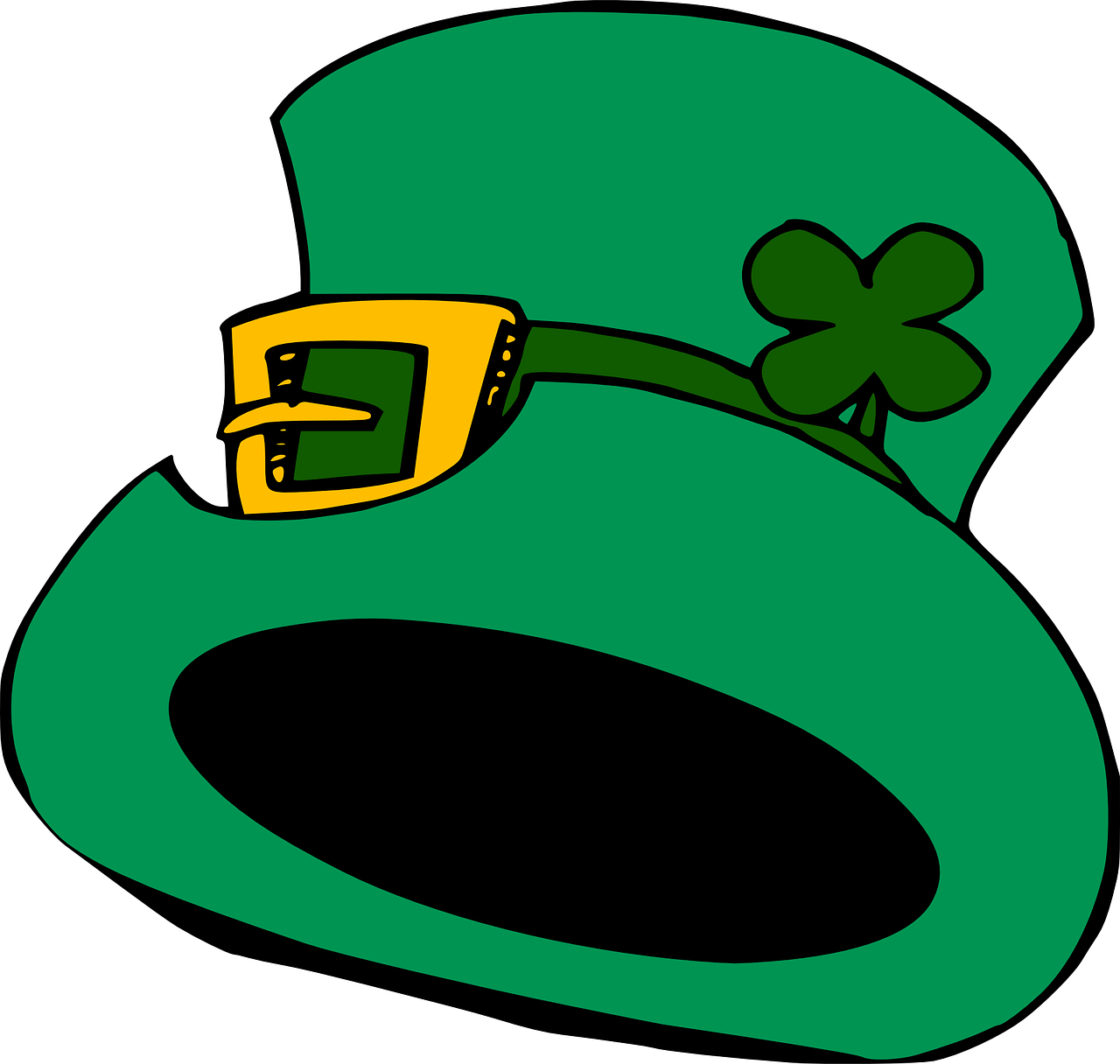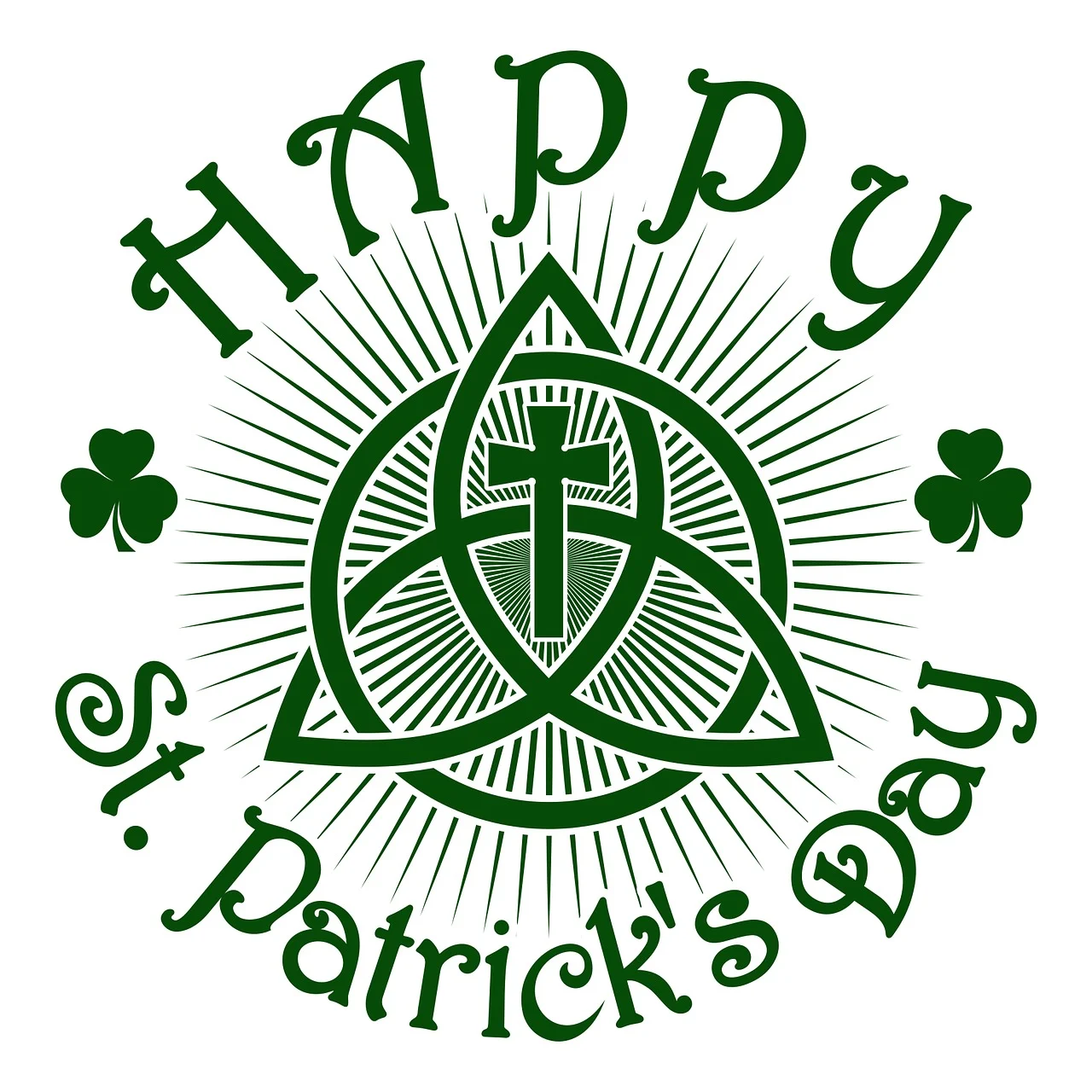St. Patrick’s Day, held annually on March 17th, is a celebration that has grown far beyond its Irish roots, becoming a global event observed in many countries around the world. Known for its vibrant parades, the wearing of green, and indulgence in hearty foods and drinks, this day honors Saint Patrick, the patron saint of Ireland, who is credited with bringing Christianity to the island and playing a key role in shaping Irish culture.
But how did this day evolve from a religious observance to a massive cultural festival celebrated by millions, even by those with no direct ties to Ireland? Let’s explore the history, traditions, and global impact of St. Patrick’s Day.
The Origins of St. Patrick’s Day
The story of St. Patrick begins in the 5th century, when he was born in Roman Britain. Captured by Irish raiders at the age of 16, he was taken to Ireland and enslaved. After six years of captivity, he escaped, only to return to Ireland later in life as a missionary. It is said that during his time in Ireland, Patrick converted many of the island’s pagan inhabitants to Christianity, using a three-leafed shamrock to explain the concept of the Holy Trinity (Father, Son, and Holy Spirit). This association with the shamrock has remained a symbol of both Ireland and St. Patrick’s Day celebrations.
The day of his death, March 17th, 461 AD, became known as St. Patrick’s Day, a feast day in the Catholic Church. Initially, the day was observed as a solemn religious occasion, particularly in Ireland, where it was a time for prayer, reflection, and attending Mass.

The Evolution to a Global Celebration
Over the centuries, St. Patrick’s Day has evolved from a religious observance to a broader cultural celebration. One of the key factors in this shift can be traced to the Irish diaspora, particularly in the United States. During the 18th and 19th centuries, waves of Irish immigrants arrived in America, many of whom were escaping famine, poverty, and political unrest in Ireland. These immigrants brought with them their traditions, including the observance of St. Patrick’s Day.
In the early 1700s, Irish Americans began organizing parades to celebrate their heritage and keep their cultural traditions alive. The first recorded St. Patrick’s Day parade occurred in New York City in 1762, when a group of Irish soldiers serving in the British Army marched through the streets. Over time, this parade grew in size and importance, and it continues to be one of the largest parades in the world today.
By the 20th century, St. Patrick’s Day had become a widely recognized celebration of Irish culture, not just in Ireland but in countries around the world. Cities like Boston, Chicago, and even Tokyo now host their own St. Patrick’s Day parades and festivals. While the day remains tied to its Irish roots, it has also become a time for people of all backgrounds to embrace the joy and camaraderie that comes with the celebration.
The Symbols of St. Patrick’s Day
St. Patrick’s Day is a feast for the senses, filled with vibrant colors, delicious food, and hearty drinks. One of the most recognizable symbols of the day is the shamrock. As mentioned, it is linked to St. Patrick’s teaching about the Holy Trinity, but over time it has come to represent Ireland itself. The shamrock, along with other symbols such as leprechauns and pots of gold, has become a fun and whimsical aspect of the day’s festivities.

The color green is also strongly associated with St. Patrick’s Day. Ireland is famously known as the “Emerald Isle” due to its lush, green landscapes, and green has come to symbolize both Ireland and its national pride. On St. Patrick’s Day, people all over the world wear green clothing, don green accessories, and even dye their food and drinks green. The idea of pinching those who don’t wear green has become a popular playful tradition.
Food and drink also play an important role in the celebration. Traditional Irish foods like corned beef and cabbage, Irish soda bread, and shepherd’s pie are common dishes served on this day. In recent years, food and drink have become more playful, with green-colored beers and shamrock-shaped cookies showing up in various places.
The Worldwide Appeal of St. Patrick’s Day
What makes St. Patrick’s Day so universally loved? For one, the holiday’s joyful spirit and its emphasis on togetherness make it a fun occasion for everyone. People come together to enjoy good food, lively music, and cheerful conversation, regardless of whether they have Irish heritage. St. Patrick’s Day transcends borders and languages, offering a chance to celebrate not just Ireland’s history, but also the common desire for unity and happiness.

In cities across the world, St. Patrick’s Day has become more than just a celebration of Irish culture—it has evolved into an international party. In places like New York, Chicago, and Boston, the parades attract millions of spectators. The Chicago River, for instance, is famously dyed green every year, creating an iconic and visually stunning spectacle. In places as far-flung as Buenos Aires, Sydney, and even Dubai, St. Patrick’s Day is celebrated with parades, festivals, and public parties.
This global phenomenon highlights how cultural traditions can adapt and thrive in new environments. People from all walks of life come together to honor Irish heritage and share in the universal joy that comes from a festive occasion.
Conclusion
St. Patrick’s Day has evolved from its origins as a religious feast day to a global celebration of Irish culture, bringing together people from all walks of life to enjoy food, music, and the festive atmosphere. While it continues to honor the legacy of St. Patrick, it has grown into a worldwide celebration that transcends national and cultural boundaries. Whether you’re Irish or not, St. Patrick’s Day provides an opportunity to embrace joy, celebrate heritage, and partake in the unity that comes from shared traditions. So, don your green attire, raise a glass, and join the worldwide festivities—because on March 17th, everyone is Irish!
